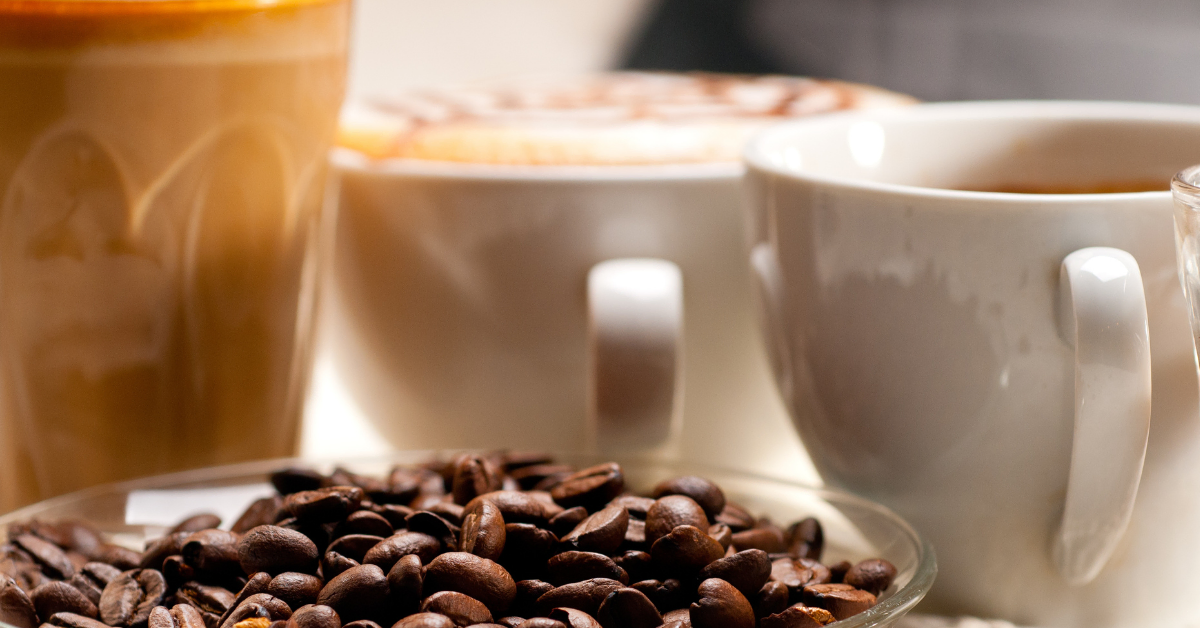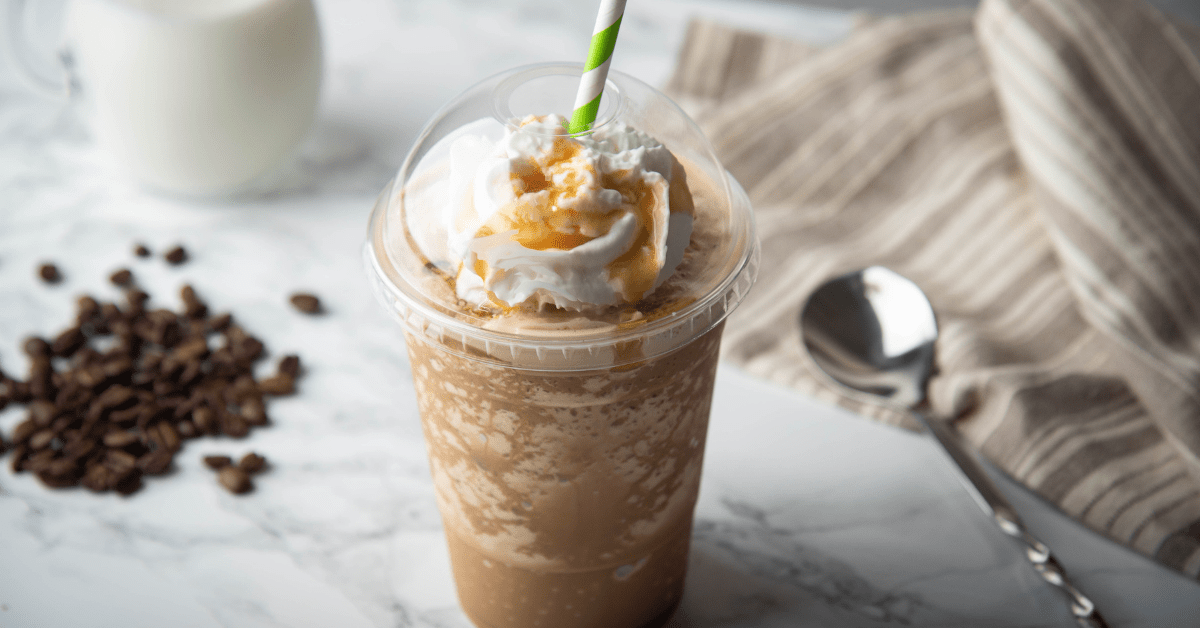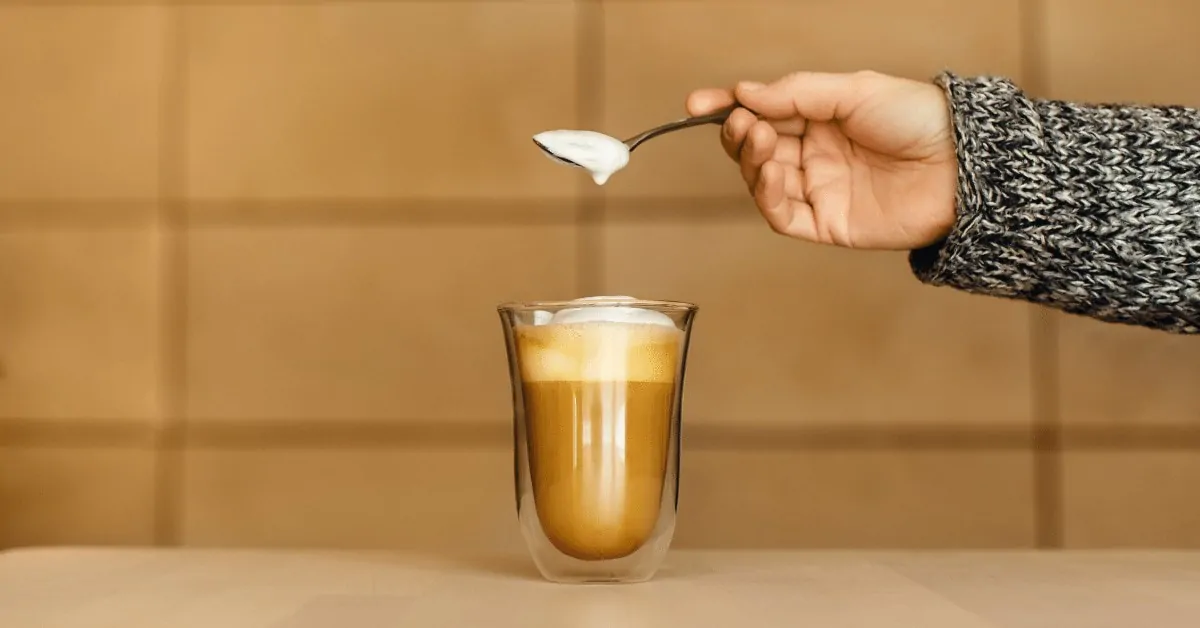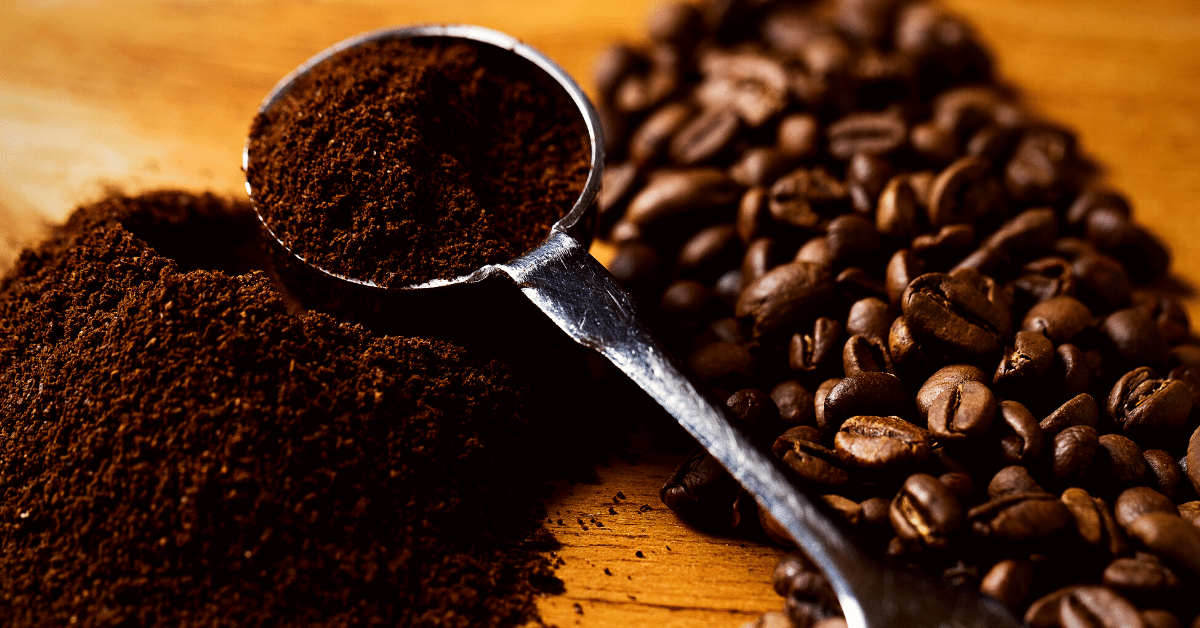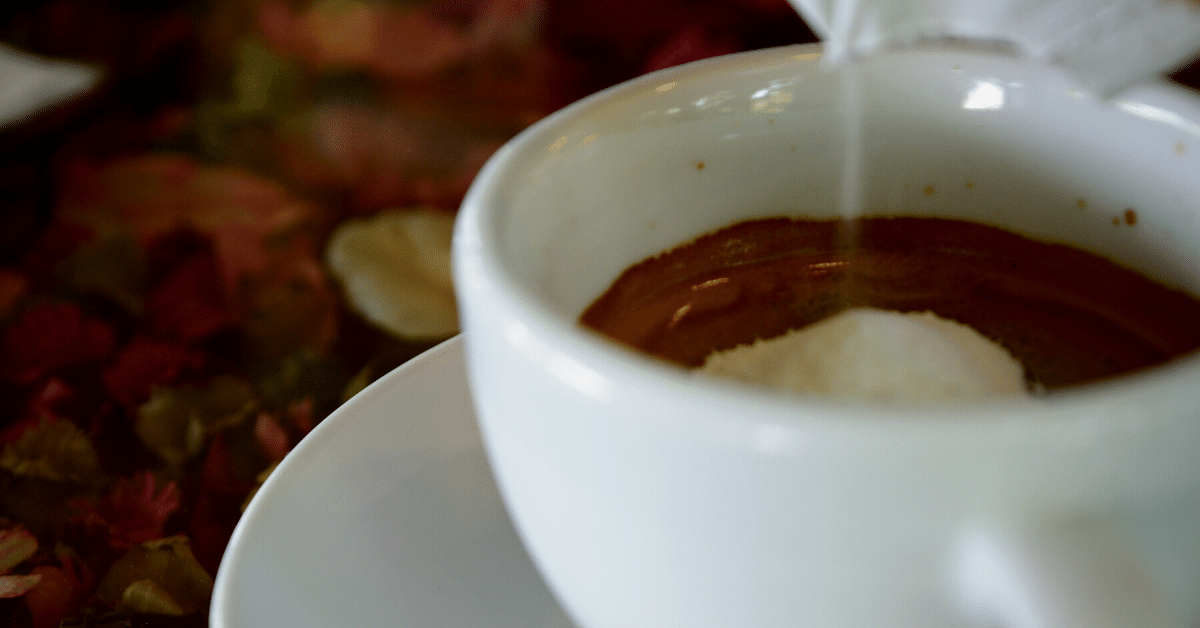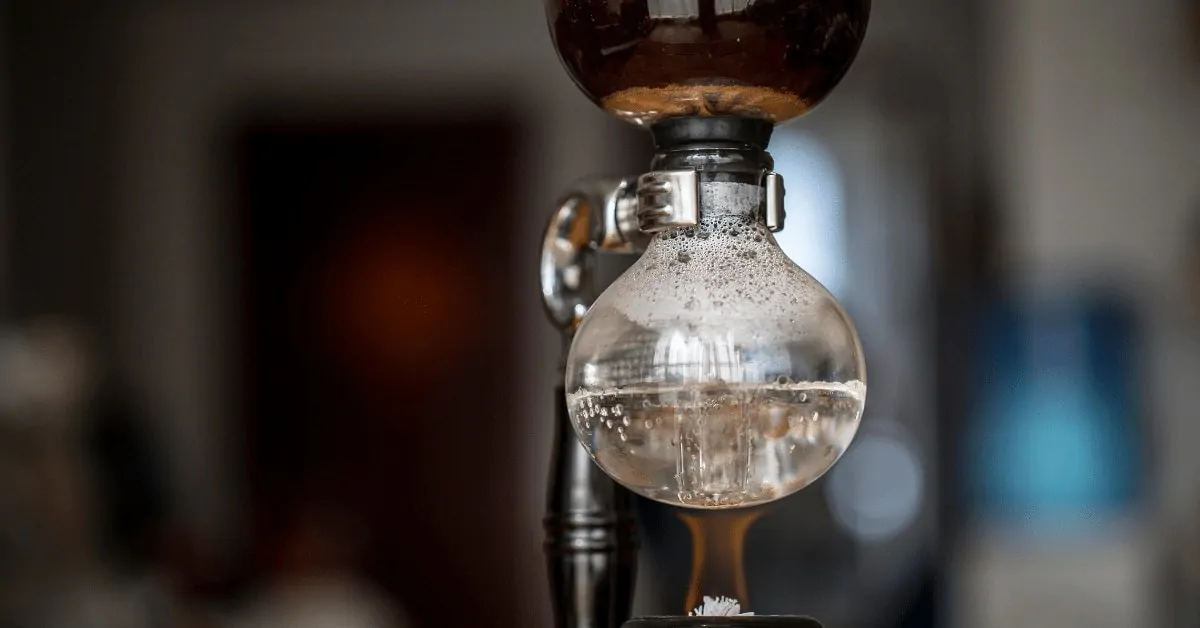Cortado vs latte – how exactly are these two drinks different from one another?
Lattes are the most common espresso drink out there. The chances are that if you like coffee, you’ve had a latte at some point.
Cortados are a little less common, but they have found a place in many American coffee shops.
I’ll break down each drink, show you their differences and similarities, and answer some key questions about cortados.
Let’s get to it!
Cortado: The Basics
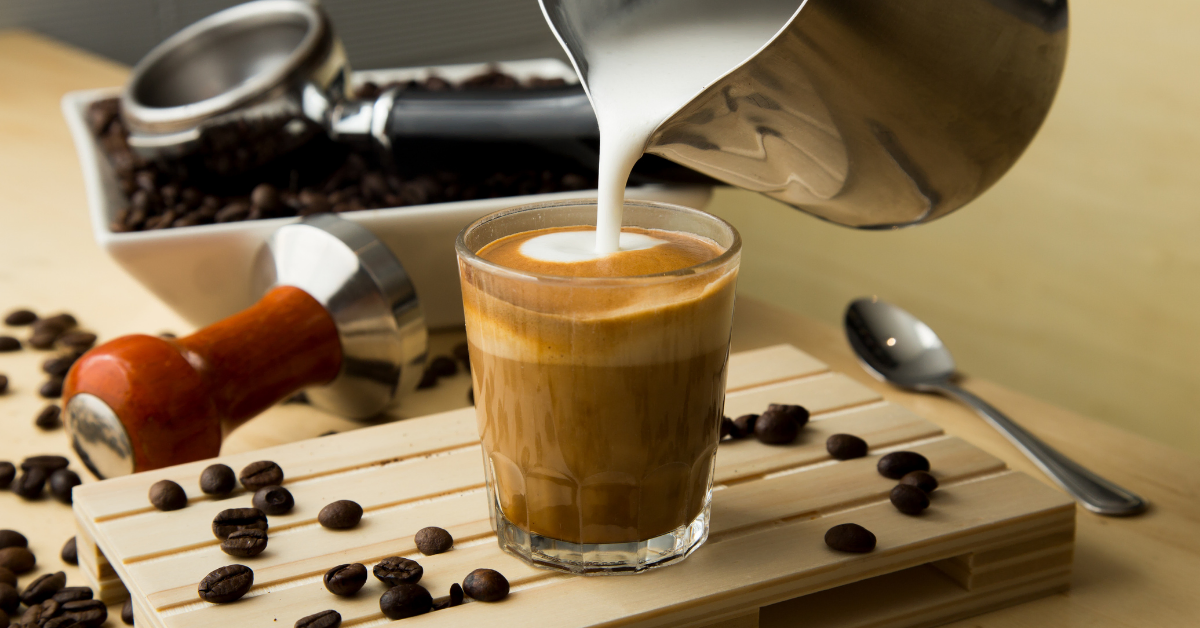
The cortado is an espresso drink with steamed milk.
There is some room for debate about what exactly a cortado is. Some people think a cortado doesn’t have any milk foam, and the milk is similar to a flat white.
Others think that a cortado has milk foam as it is just a smaller latte. The word “cortado” does mean diluted or cut.
In American coffee shops, a cortado traditionally means equal parts espresso coffee and steamed milk. The milk has a tiny bit of foam on top but is not the kind of milk froth you’d have in a latte.
While not much is known about its origins, we do know it comes from Spain’s Basque region.
How to make a Cortado?
Making a cortado is pretty easy. All you need is espresso and milk.
You will need a way to make a proper espresso, as the crema is important for bonding the milk and the coffee.
Here’s a simple process for making a cortado on an espresso machine:
- Brew a shot of espresso, either a single or double, depending on how much coffee you want.
- Steam your milk to just under what you would for a latte, or about 130-145 degrees Fahrenheit.
- Pour your milk into your espresso until you reach about a 1:1 espresso to milk ratio.
And you have a cortado!
Because the cortado has many variations, play around with the ratio and level of foam until you find the perfect balance.
Latte: The Basics

The café latte is one of the most popular coffee drinks in the United States. It is commonly made with about a 1:3 espresso to foamed milk ratio.
Coffee with heated milk has been around almost as long as the coffee has been around. But it wasn’t until the 1980s in Seattle that baristas started to foam the milk they put into espresso.
That version of the cafe latte became the American coffee drink popular today.
These days, the latte is on every coffee shop menu and it’s the base for many espresso-based coffee drinks.
How to make a Latte?
Making a latte is pretty easy. There isn’t a standardized recipe for creating a latte.
Generally, you should aim to add milk until you reach a 1:3 ratio of espresso to milk.
Here’s how I make my lattes:
- Brew up a double shot of espresso
- Steam your milk until you have a nice texture with a little bit of foam
- Pour the milk into the double shot of espresso until you reach that ratio
And you’ve got a latte!
There are so many variations on the traditional latte such as latte macchiato. You can also try using a specialty coffee roast or adding syrup or spices to your lattes to bring out more flavors.
Related reading: How To Make A Latte At Home
Cortado vs Latte: What is the difference?
Cortados and lattes are both made from espresso and steamed milk. But they have a few key differences that make them separate entries on a menu.
Beans & Brewing
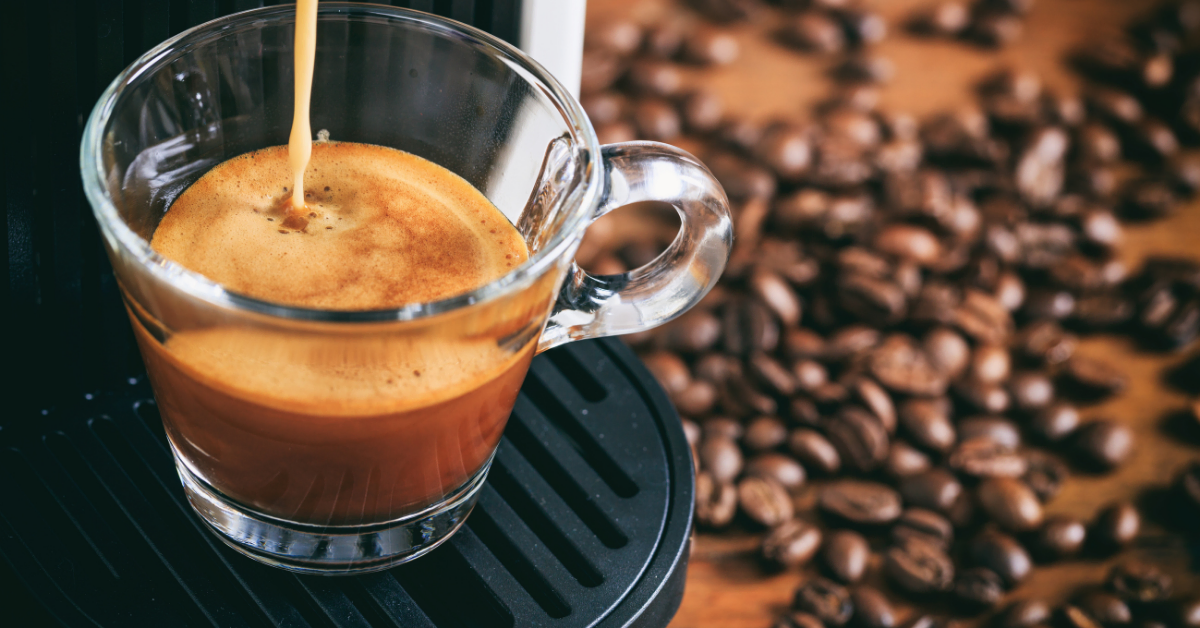
The nice thing about cortados and lattes is that they share the same ingredients. That means you don’t need to do anything special to switch from making cortados to lattes.
Both drinks are made with espresso and hot milk.
The process looks the same when brewing. You start with an espresso shot, steam some milk, and combine the two.
The difference is in the milk.
In a cortado coffee, the milk will be slightly less foamy. You will also use a small amount of warm milk to match the size of your shot.
For example, if you brew a double espresso shot at 2 oz, then you would add 2 oz of steamed milk. That brings the cortado’s size to 4 oz.
For a latte, the milk will have a little foam. You’ll use enough milk to achieve a 1:3 espresso to milk ratio.
Say you start with a double shot of espresso at 2 oz. That means you should add 6 oz of steamed milk with a little foam for a total of 8 oz.
Keep in mind that many lattes served nowadays are a minimum of 12 oz. So that means either coffee shops use a bigger shot of espresso or dilute the espresso with more milk.
As far as the coffee beans go, they are the same for either latte or cortado.
The best coffee bean you can use for a perfect crema is the Robusta coffee bean. Starting with your favorite espresso beans is a good base for either cortados or lattes.
Taste & Strength
Although both drinks are made with espresso and milk, they taste very different.
The taste difference comes from the amount of milk used to make each coffee beverage.
In a cortado, you don’t use much milk, meaning the espresso doesn’t get as diluted as in a latte. Less milk means more of the coffee taste from the espresso will come through in the final drink.
Cortados will be more acidic and bitter than lattes. But if you like the taste of espresso but want to add a little milk to your drink, a cortado is the way to go.
Lattes use more milk to dilute the flavor of the espresso. More milk means the final drink will have a pleasant and balanced taste that isn’t too bitter and isn’t too sweet.
Lattes have taken on many different flavors recently, and those have pretty much stayed with the latte. Shops rarely ever add flavor like vanilla to their cortados.
In a nutshell, lattes are a nicely balanced, more diluted taste. Cortados are smaller and have a stronger coffee taste.
Appearance & Serving
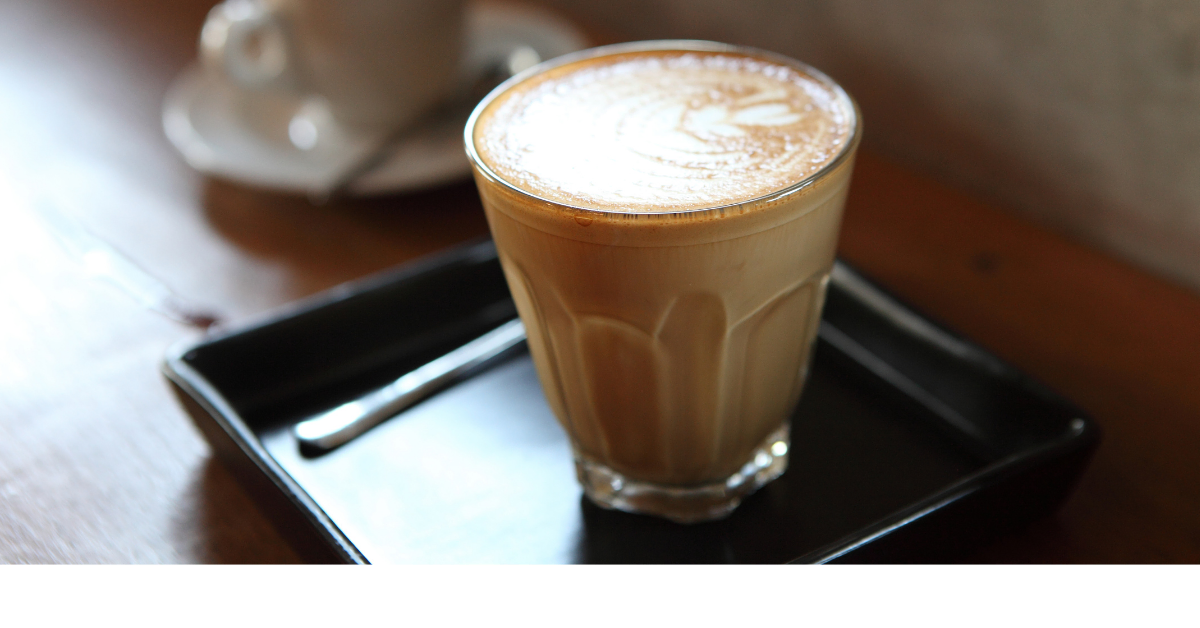
Both cortados and lattes have traditional ways of being served in shops. They both can also be served in to-go cups.
Cortados are traditionally served in Gibralters, small 4oz generally clear glasses. Depending on the shop, cortados can be served with a spoon, the second gibraltar of sparkling water, or nothing extra.
In the United States, the cortado has become more of an afternoon drink because of its small size and lower milk content.
Lattes are usually served in mugs on a saucer. Most shops don’t include a spoon or sparkling water with a latte.
Good shops and good baristas will include art on both lattes and cortados.
A general rule of thumb for judging the quality of the latte without taking a sip is the latte art. Look at the symmetry and contrast of the art in your latte.
The better symmetry and the higher contrast usually indicate the barista knows what they’re doing.
Related Reading: Latte vs Cappuccino vs Macchiato
FAQ
You might still have some questions on what exactly a cortado is. Here I’ll answer some of the most common cortado questions I get.
Is a cortado single or double?
A cortado can be made with either a single or double shot. What makes it a cortado is the 1:1 ratio of espresso to milk.
If you want a single or double shot, check with your barista on how many shots they typically use.
Is a cortado the same as a flat white?
Not quite. While they have a similar ratio, flat whites tend to have a little more milk than a cortado.
Flat white milk also has no foam, while cortados have a little foam.
Does Starbucks sell cortado?
A cortado is not on the menu at Starbucks. But you can still order one.
Simply order a double shot of espresso with 2 oz of steamed milk.
Final Thoughts
There you go, everything you need to know about lattes and cortados.
Think of cortados as a more concentrated latte. It is a smaller drink and uses a 1:1 espresso to milk ratio. Lattes, on the other hand, use a ratio of 1:3 espresso to milk.
The milk in a cortado is a little less foamy than a latte. And while a latte is a great drink any time of day, a cortado is traditionally enjoyed after lunch.
Cortados are wonderful drinks, if you haven’t yet, go try one!
Interested in flavoring your lattes or cortados? Check out our article on the best coffee syrup.

